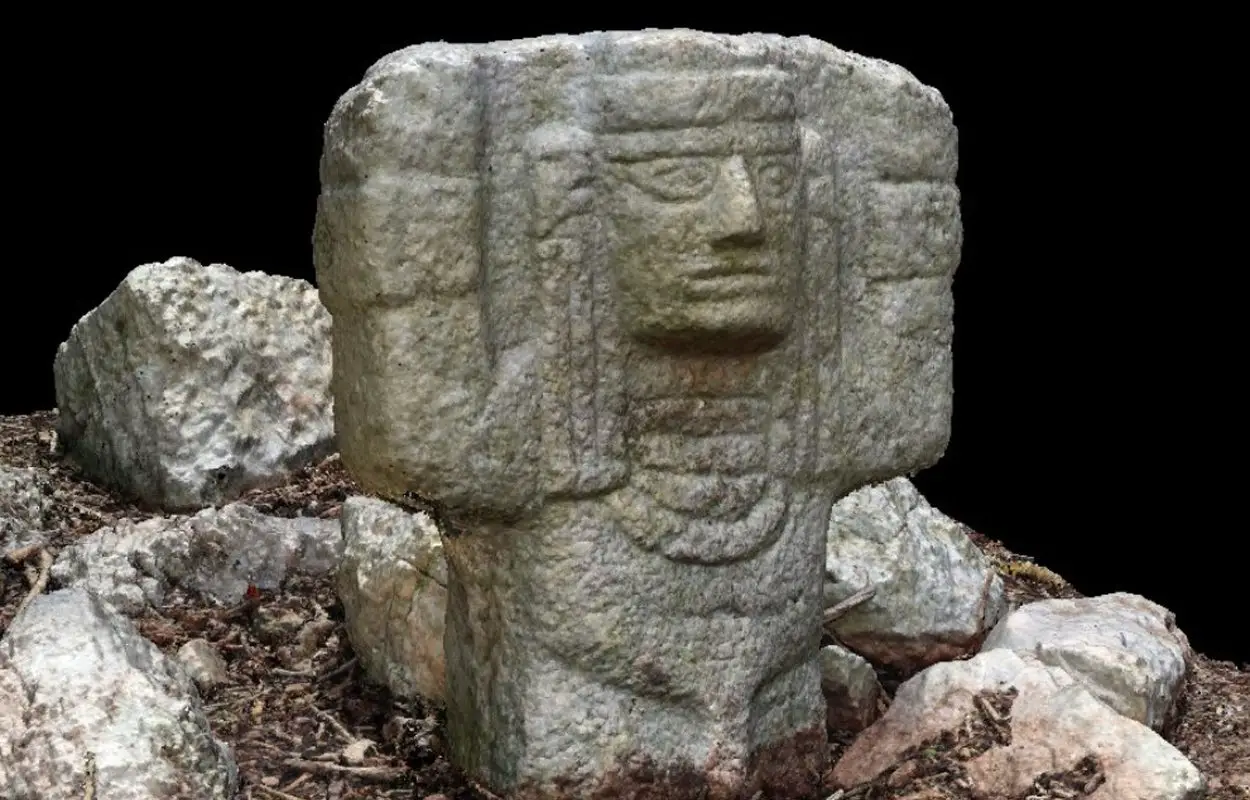Archaeologists from the National Institute of Anthropology and History (INAH) have discovered an Atlantean type sculpture while prospecting for a new road in the Archaeological Zone of Chichén Itzá.
Chichén Itzá was a Maya city that rose to regional prominence in Mexico’s Yucatan toward the end of the Late Classic and into the early part of the Terminal Classic. The site covers an area of 4 square miles, which at its peak is estimated to have had a population of around 35,000 inhabitants.
The people of Chichén Itzá had a tradition known as the Cult of the Cenote, which involved the offering of human sacrifices to the rain god, Chaac. As part of this ritual, individuals were cast into the city’s principal cenote located in the northernmost section of the site. Alongside these sacrifices, valuable items such as gold, jade ornaments, and other treasures were also deposited.
According to a press announcement, archaeologists prospecting for a new road as part of the Mayan Train project have discovered an Atlantean type sculpture associated with a Maya domestic complex.
Atlantean type sculptures are anthropomorphic statues, where previous studies at Chichén Itzá have uncovered similar examples at the Temple of Warriors. The recently discovered Atlantean type sculpture is male in appearance and has both arms raised while holding an object. According to the researchers, the statue is 90 centimetres in height and was likely part of a ceremonial altar.
Atlantean figures have also been found at other pre-Columbian cultures of Mesoamerica such as the Toltec culture that constructed large statues of Toltec warriors at Tula, in addition to Atlantean figures found at the Aztec capital of Tenochtitlan.
Header Image Credit : INAH







